The new Nikon D4 digital SLR builds upon
the legacy of the proven Nikon flagship D-SLRs before it, engineered to
give today’s professional multimedia photographers a new apex of speed
and accuracy with unparalleled image quality, low-light capability and
Full HD video. The Nikon D4 hosts a multitude of advanced new features
and useful functions that deliver speedy performance and amazing image
quality for when missing the shot is not an option.
Now available for pre-order here at B&H
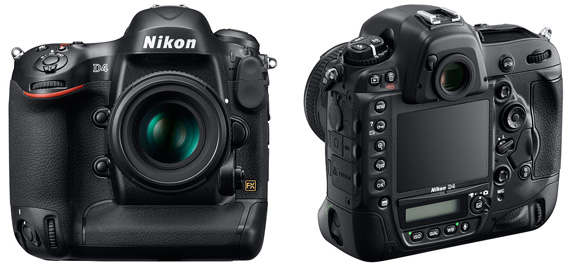
Nikon presents their new flagship DSLR: The D4
Every aspect of the new Nikon D4 D-SLR has been designed to emphasize
rapid response and seamless operation to help professional
photographers consistently capture incredible content. Nikon’s proven
51-point AF System has been further enhanced for maximum speed in a
variety of challenging shooting situations, even at 10 frames per second
(fps). Considered the new Nikon flagship, the D4 renders supreme image
quality, a feat accomplished with a new 16.2-megapixel FX-format CMOS
sensor, coupled with the latest generation of Nikon’s EXPEED 3 image
processing engine to help produce images and videos with stunning
clarity and color.
Photographers are also able to shoot in even the most challenging
environments and lighting conditions with the assistance of Nikon’s new
91,000-pixel 3D color matrix meter and a broad ISO range from 100 to a
staggering 204,800 for low-light capture like never before. The Nikon D4
is engineered for the modern professional and incorporates never before
seen HD-SLR video features for those who also need to capture
multimedia content from the field.
“Speed without accuracy is irrelevant,” said Bo Kajiwara,
director of marketing, Nikon Inc. “The status of a Nikon flagship
camera is not given lightly; this next generation of Nikon’s most
professional body exceeds the needs of a wide variety of both still and
multimedia professionals that rely on Nikon to make their living.
Besides overall performance and burst speed, the D4 provides Nikon’s
most advanced AF system to date, as well as enhanced workflow speed to
give professionals the edge in the field.”
Tutorial video
Velocity Meets Versatility
Speed is a necessity for today’s multimedia photographer as
milliseconds matter when the action commences. Whether an assignment
relies on fast processing power, burst rate, write speed, enhanced
workflow or even streamlined camera controls, the D4 is the epitome of
professional-caliber photographic horsepower. Ready to shoot in
approximately 0.012 seconds, the new Nikon D4 can capture full
resolution JPEG or RAW files at up to 10 fps with full AF / AE or up to
11 fps with AF / AE locked. Immediately before image capture, the camera
interprets data from the AF sensor, including subject color as detected
on the 91,000-pixel RGB sensor, to deliver consistently tack-sharp
focus frame after frame. Whether a photographer is shooting a full-court
fast break under gymnasium lighting or the downhill slalom in the
bright sun and frigid temperatures, the D4 will instill the confidence
with consistently great results.
The Advanced Multi-Cam 3500 AF autofocus system is the next
generation of Nikon’s proven 51-point AF system. The fully customizable
system offers users the ability to capture fast moving subjects and
track focus with precision or select a single AF point with pinpoint
accuracy. The Nikon D4 D-SLR aligns 15 cross-type sensors in the center
to detect contrast data in both vertical and horizontal planes. In
addition to detecting each AF-NIKKOR lens with an aperture of f/5.6 or
lower, the camera also utilizes nine cross-type sensors that are fully
functional when using compatible NIKKOR lenses and TC14E or TC17E
teleconverters or a single cross-type sensor when using compatible
NIKKOR lenses and the TC20E teleconverter with an aperture value up to
f/8, which is a great advantage to those shooting sports and wildlife.
For maximum versatility in situations such as photographing nature from
afar or competition from the sidelines, photographers are also able to
select multiple AF modes, including normal, wide area, face tracking and
subject tracking, to best suit the scene.
The Nikon D4 D-SLR also employs a new 91,000-pixel RGB 3D Color
Matrix metering system that meticulously analyzes each scene and
recognizes factors such as color and brightness with unprecedented
precision. This data is then interpreted and compared against D4′s
on-board database to implement various settings, resulting in vibrant
images with faithful color reproduction and balanced exposure. In
addition, this new AF sensor now has the ability to detect up to 16
human faces with startling accuracy, even when shooting through the
optical viewfinder, allowing for correct exposure even when the subject
is backlit. Additionally, to capture every brief moment from a bouquet
toss to a photo finish under nearly any condition, the 51 focus points
deliver fast and accurate detection down to a -2 EV with every AF-NIKKOR
lens.
All of this image data is funneled through a 16 bit pipeline and are
written to dual card slots which have been optimized for the latest
UDMA-7 Compact Flash™ cards, as well as the new XQD™ memory card. The D4
is the first professional camera to harness the capabilities of this
new durable and compact format, which offers blazing fast write times
and extended capacity essential for multimedia professionals shooting
stills and video.
Image Quality That Hits the Mark
The heart of the new D4 is the Nikon-developed 16.2-megapixel
FX-format (36 x 23.9mm) CMOS sensor that provides amazing image quality,
brilliant dynamic range and vivid colors in nearly any lighting
condition. By achieving the optimal balance of resolution and sensor
size, professional photographers will realize exceptionally sharp, clean
and well saturated images throughout the entire ISO range.
Like the D3 and D3s before it, the Nikon D4 retains Nikon’s status as
the sovereign of low-light capture ability, with a native ISO range
from 100 to 12,800 ISO, expandable from 50 (Lo-1) to an incredible yet
usable 204,800 (Hi-4). From a candlelit first dance to nocturnal
wildlife, the large 7.3 micron pixel size absorbs the maximum amount of
light to excel in any situation. Additionally, the sensor’s construction
features a gapless micro-lens structure and anti-reflective coating
which further contributes to images that retain natural depth and tones
with smooth color gradation. For ultimate versatility, photographers can
also take advantage of the camera’s extreme high ISO ability while
recording video.
Another factor contributing to the camera’s rapid performance and
stellar image quality is Nikon’s new EXPEED 3 image processing engine
that helps professionals create images with amazing resolution, color
and dynamic range in both still images and video. From image processing
to transfer, the new engine is capable of processing massive amounts of
data, exacting optimal color, perfect tonality and minimized noise
throughout the frame.
There are also a variety of shooting options available to help
capture the highest quality images and video. In addition to standard
NEF (RAW) files, the D4 is also capable of shooting smaller compressed
RAW files to ease storage and speed up workflow. Users are also able to
capture even more dynamic range with the in-camera High Dynamic Range
(HDR) function that merges consecutive exposures. For deep contrast and
further tonality, Active D-Lighting can also be activated during
shooting for balanced exposures even in backlit scenes. Additionally,
the camera features a dedicated button for quick access to Nikon’s
Picture Controls, allowing users to quickly select one of six presets.
The Nikon D4 D-SLR is engineered with innovative new features for the multimedia professional that needs the small form factor, low-light ability and NIKKOR lens versatility that only an HD-SLR can offer. The new features add functionality for those professionals looking for the best possible experience to capture a moment in Full HD 1080p video at various frame rates, providing footage that is more than suitable for broadcast.
Full HD video recording – Users have the choice of various resolutions and frame rates, including 1080p 30/24fps and 60 fps at 720p. By utilizing the B-Frame data compression method, users can record H.264 / MPEG-4 AVC format video with unmatched integrity for up to 20 minutes per clip. This format also allows for more accurate video data to be transferred requiring less memory capacity. The sensor reads image data at astoundingly fast rates, which results in less instances of rolling shutter distortion.
Full manual control of exposure – Shutter speed, aperture and ISO can be changed while recording to adapt to lighting and alter depth of field for professional cinematic results that help realize a creative vision.
Uncompressed output: simultaneous Live View – By using the camera’s HDMI port instead of the CF or XQD card, users can stream an uncompressed full HD signal directly out of the camera. This footage can be ported into an LCD display or appropriate external recording device or routed through a monitor and then to the recording device, eliminating the need for multiple connections.
Audio recording for professionals – The Nikon D4 features a stereo headphone jack for accurate monitoring of audio levels while recording. Output can be adjusted in up to 30 steps for precise audio adjustment. The D4 offers high-fidelity audio recording control with audio levels that can be set and monitored on the camera’s LCD screen. The microphone connected via the stereo mic jack can also be adjusted with up to 20 steps of sensitivity for accurate sound reproduction.
Multi-area Mode Full HD Video: FX/DX, and 2.7x crop mode at 1080p video modes – Whether shooting for depth of field in FX format mode, or looking for the extra 1.5X telephoto benefits of DX mode, the high resolution sensor of the D4 allows videographers to retain full 1080P HD resolution no matter what mode they choose. With the 2.7x crop, users can experience ultra-telephoto benefits in full HD resolution all at 16:9 aspect ratio.
Simultaneous live view output without display / simultaneous monitor – Shooters have the option to send the display signal directly to an attached monitor via the HDMI port. This signal can be viewed on the camera’s LCD screen and external monitor simultaneously. Additionally, the image data display can be cleared from the screen, to remove distracting data or when feeding a live signal.
Full-time AF – In addition to manual focus, four modes are available, including normal, wide area, face detection and subject tracking, which uses fast contrast detect AF to accurately focus while recording video and in live view.
New LCD screen – The large high resolution 3.2-inch LCD screen is 921K dots, and includes auto brightness adjustment. Users can also zoom in up to 46x to check critical HD focus.
Time lapse shooting – This new feature combines a selected frame rate and “shooting interval” in a dedicated time lapse photography menu. Playback can be achieved with a wide variety of speeds from 24x to 36,000x while producing a fully finished movie file output for faster multimedia workflows.
Remote shutter operation – Using dedicated Movie Custom Settings, recording can be set to be engaged by the shutter release button -users can now use a variety of remote accessories to trigger video recording.
NIKKOR lens compatibility – The highest caliber optics are vital to creating HD images and Nikon is the world leader in optics manufacturing with a legacy spanning more than 75 years. Nikon has a vast NIKKOR lens system, with more than 50 lenses with a variety of focal lengths and features, including VR II vibration reduction.
Professional Construction, Superior Operability
The reputation and respect bestowed upon a Nikon D-Series flagship camera is earned from those who use it; therefore the chassis of the Nikon D4 is machined from magnesium alloy for maximum durability and reliability. The body of the camera is sealed and gasketed for resistance to dirt and moisture, as well as electromagnetic interference. Photographers are able to easily compose through the bright optical viewfinder, which offers 100% frame coverage. The shutter has been tested to withstand 400,000 cycles for maximum durability, while sensor cleaning is employed by vibrating the OLPF. The self diagnostic shutter unit also encompasses a mirror balancer to minimize the residual “bounce” to enhance AF and extend viewing time. What’s more, the viewfinder is coated with a new thermal shield finish which works to resist overheating during prolonged use, enhancing overall reliability. Users can easily compose on the camera’s wide, bright and scratch resistant 921,000-dot high resolution 3.2-inch LCD screen.
The overall controls and operability of the camera has also been engineered with a renewed emphasis on speed and functionality. During critical moments, users will appreciate refined button layouts with renewed ergonomics, such as a quick AF mode selector placed near the lens mount for fast access on the fly. A new joystick style sub-selector is also placed on the camera’s rear for AF point and option selection, while vertical controls have been enhanced for improved operability. Finally, to continue the D4′s moniker of the best tool for just about any condition, key control buttons on the back of the camera can all be illuminated, making the camera simple to operate in complete darkness.
Nikon has also made enhancements to overall workflow, adding options to streamline the process and maximize shooting time. Users are now able to automatically generate IPTC data for their images and image sets, making organizing and chronicling images easier for both the photographers and their editors. A wired Ethernet port is also utilized so that a user can shoot tethered and transfer images easily and quickly to clients. Nikon has also introduced the new WT-5A wireless file transmitter, to transmit via FTP server or computer. The device can be set to transfer either automatically or manually selected images. This device also allows for remote operation of the camera using Nikon’s Camera Control Pro 2 software. A mobile application is also in development to control the camera using this accessory, which will include the ability to trigger the shutter and record video, making this a must-have remote accessory for many professionals.
Price and Availability
The Nikon D4 will be available in late February 2012 for the suggested retail price of $5999.95.
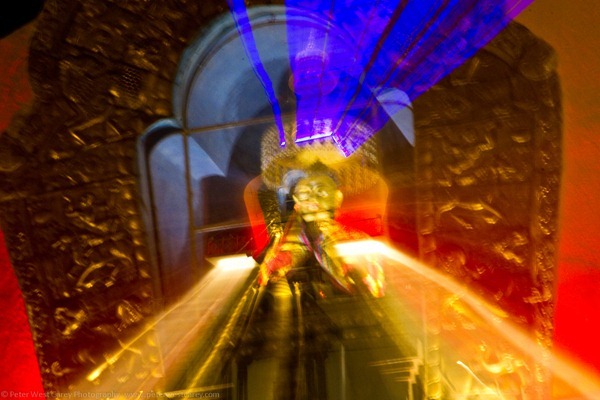
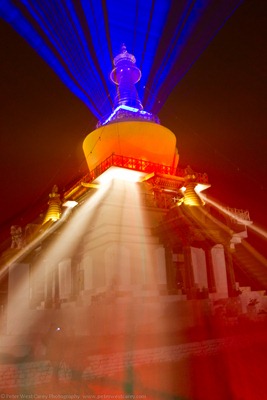
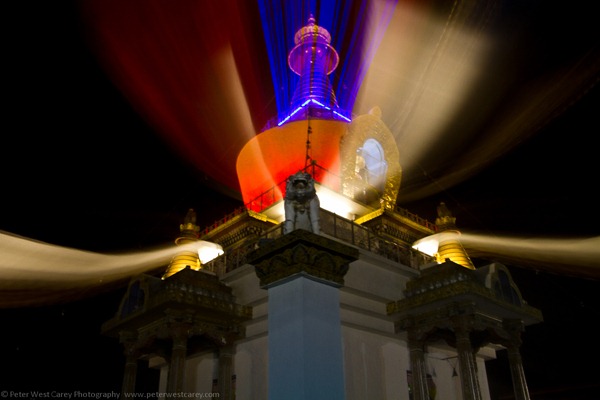
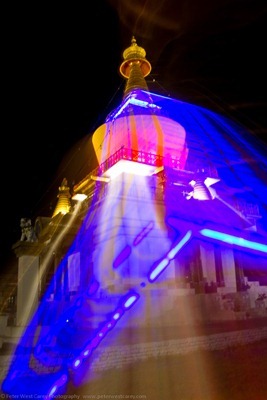
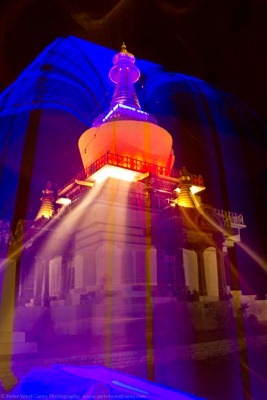

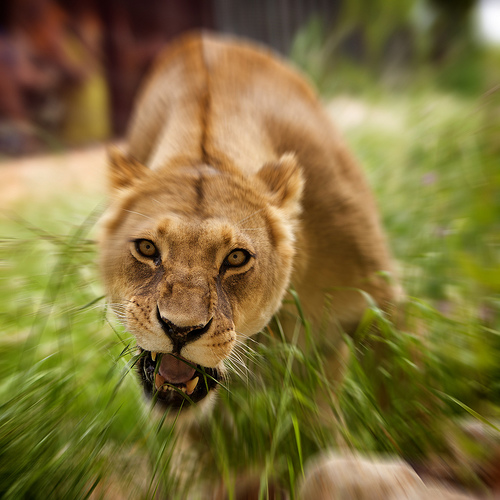
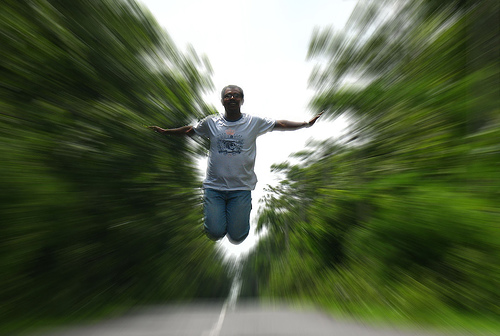





















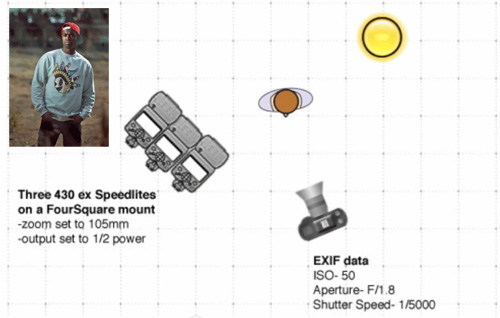
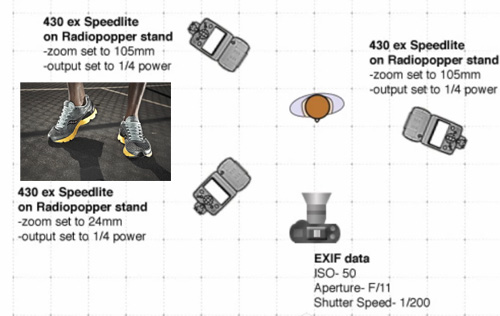
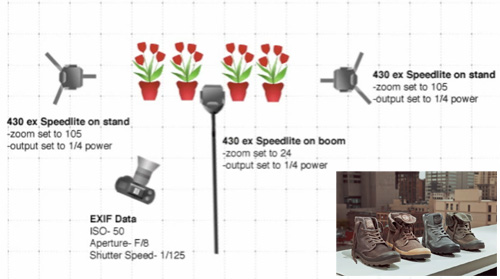
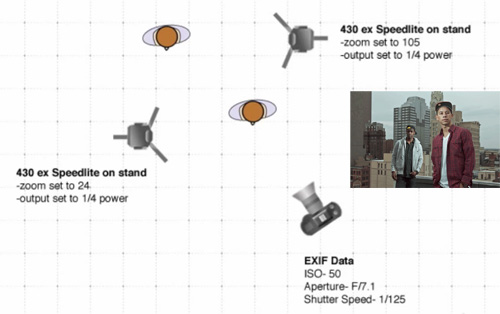
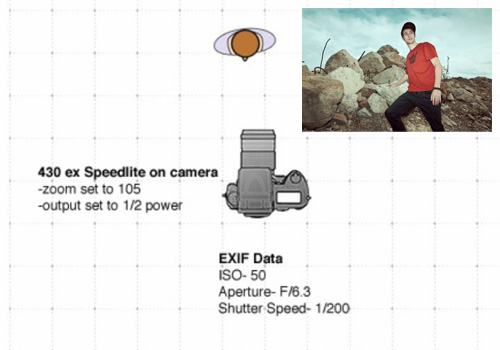
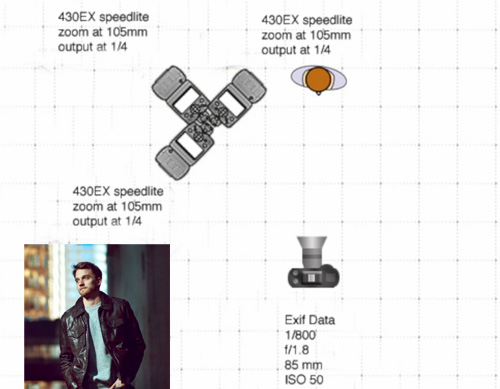
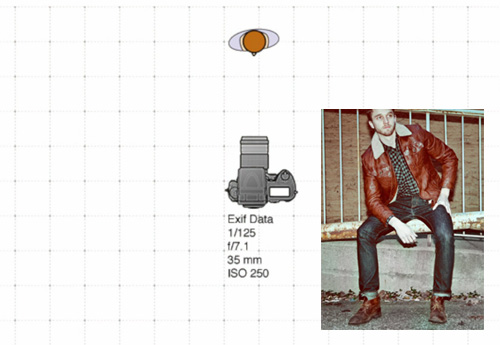
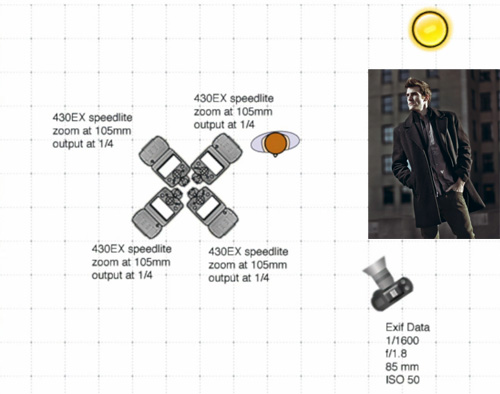
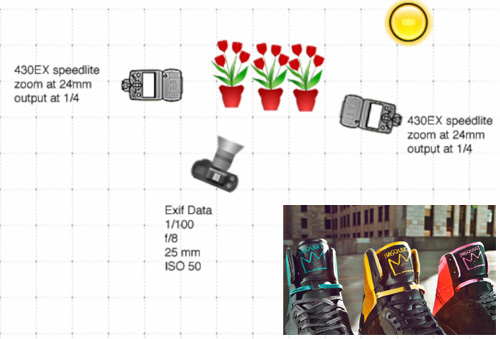
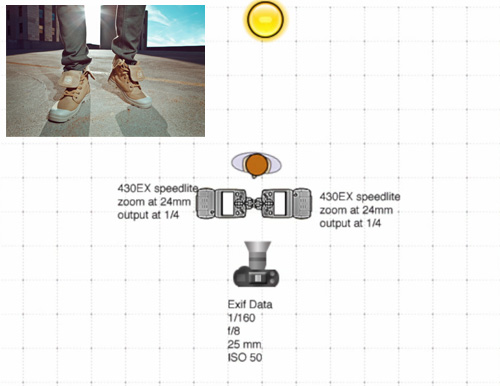

 Over
the last several years I have shot about three dozen weddings using a
Canon GL2 and various versions of Apple’s iMovie. When I first started
out, I paid for a couple of video tutorials to help learn the craft, but
nowadays you can learn all the basics by watching (and practicing!)
free online video tutorials.
Over
the last several years I have shot about three dozen weddings using a
Canon GL2 and various versions of Apple’s iMovie. When I first started
out, I paid for a couple of video tutorials to help learn the craft, but
nowadays you can learn all the basics by watching (and practicing!)
free online video tutorials. One
of the first things you need to learn about shooting video is how to
hold a camcorder. After viewing these videos, you’ll see that it’s not
as obvious as you may think.
One
of the first things you need to learn about shooting video is how to
hold a camcorder. After viewing these videos, you’ll see that it’s not
as obvious as you may think.


